News ·
Become a citizen scientist to help the Reef
The Reef needs you to get involved in an ambitious marine citizen science effort collecting key data to help protect the Reef – the Great Reef Census.
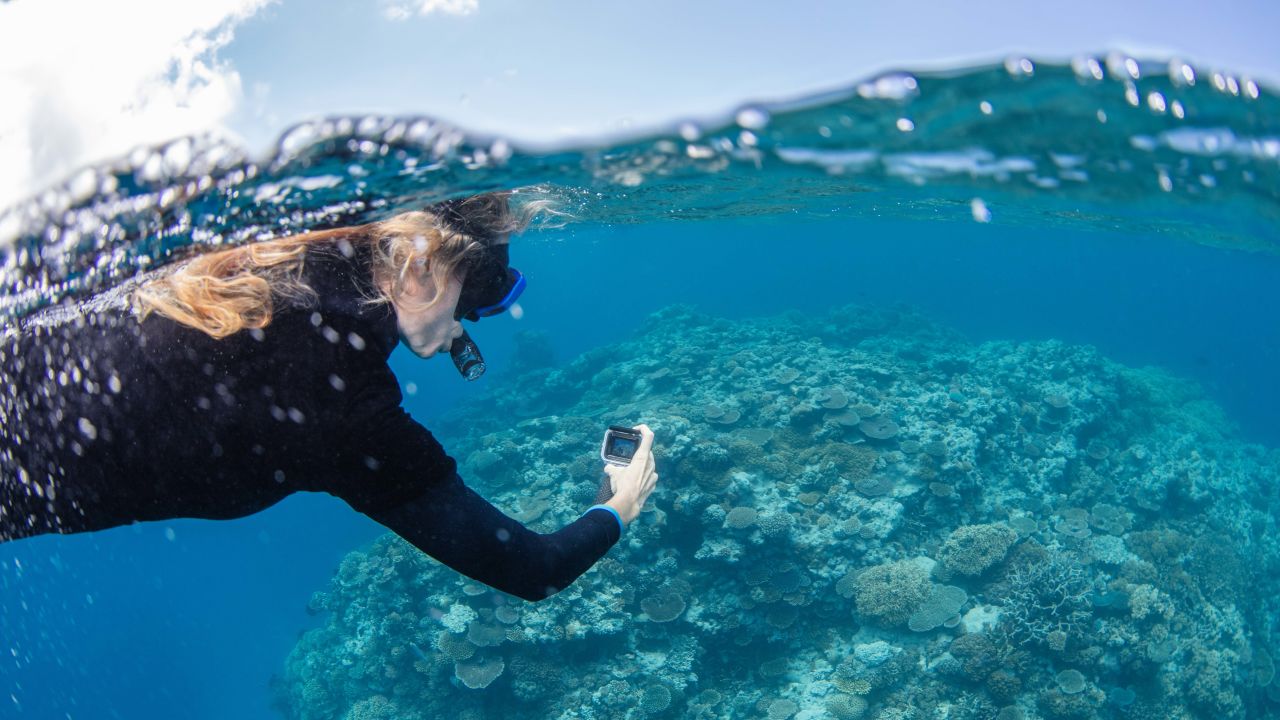
This massive collective effort to survey the Great Barrier Reef aims to fill critical gaps in knowledge for the marine science community, marine managers, conservation and industry groups.
It will help build understanding about the constantly changing and evolving condition of the Reef to support more informed decisions about how to help protect it.
The first-ever Great Reef Census in 2020 mobilised people and vessels across the Reef community to capture over 14,000 survey images from the tip of Cape York to the Swains, which were then analysed online by thousands of citizen scientists from over 50 countries.
This year is set to be even bigger!
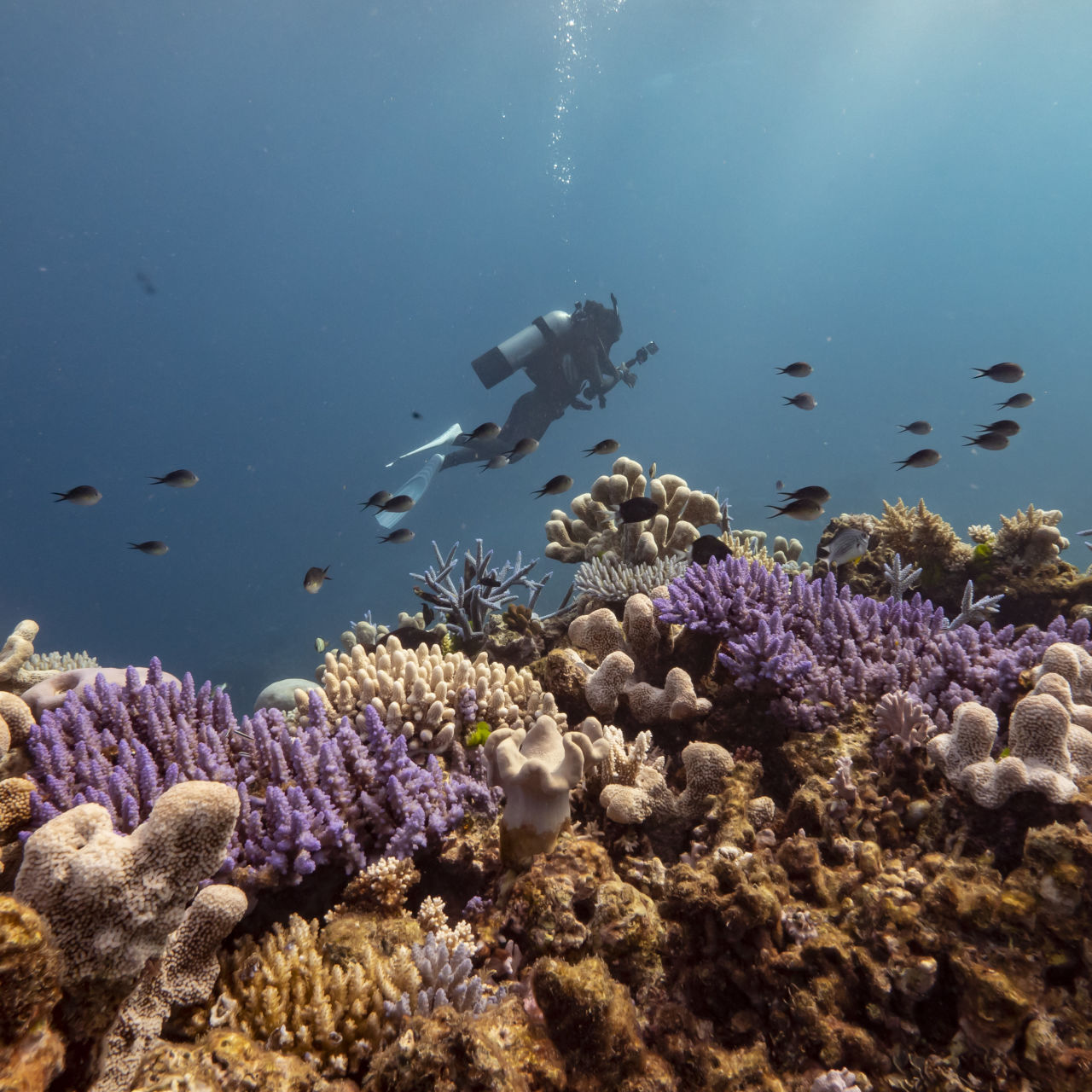
Diver taking survey images during Great Reef Census expedition in Far Northern GBR. Credit: Phil Warring
#Why a Census?
Spanning 2,300km in length and comprising over 3,000 individual reefs, the Great Barrier Reef is one of the world’s most incredible and expansive natural icons, but only 5-10% is regularly surveyed.
Given the immense size of the Reef, the impacts of coral bleaching, extreme weather and poor water quality are often patchy, affecting some reefs while other healthy areas thrive.
Yet all of the Reef is under threat from climate change and as the impacts of this threat become more advanced, scientists and managers need up-to-date information on individual reefs to better target their resources and protection actions.
The Great Reef Census is trialling new ways of targeting and using citizen science to help understand how the system is changing year on year.
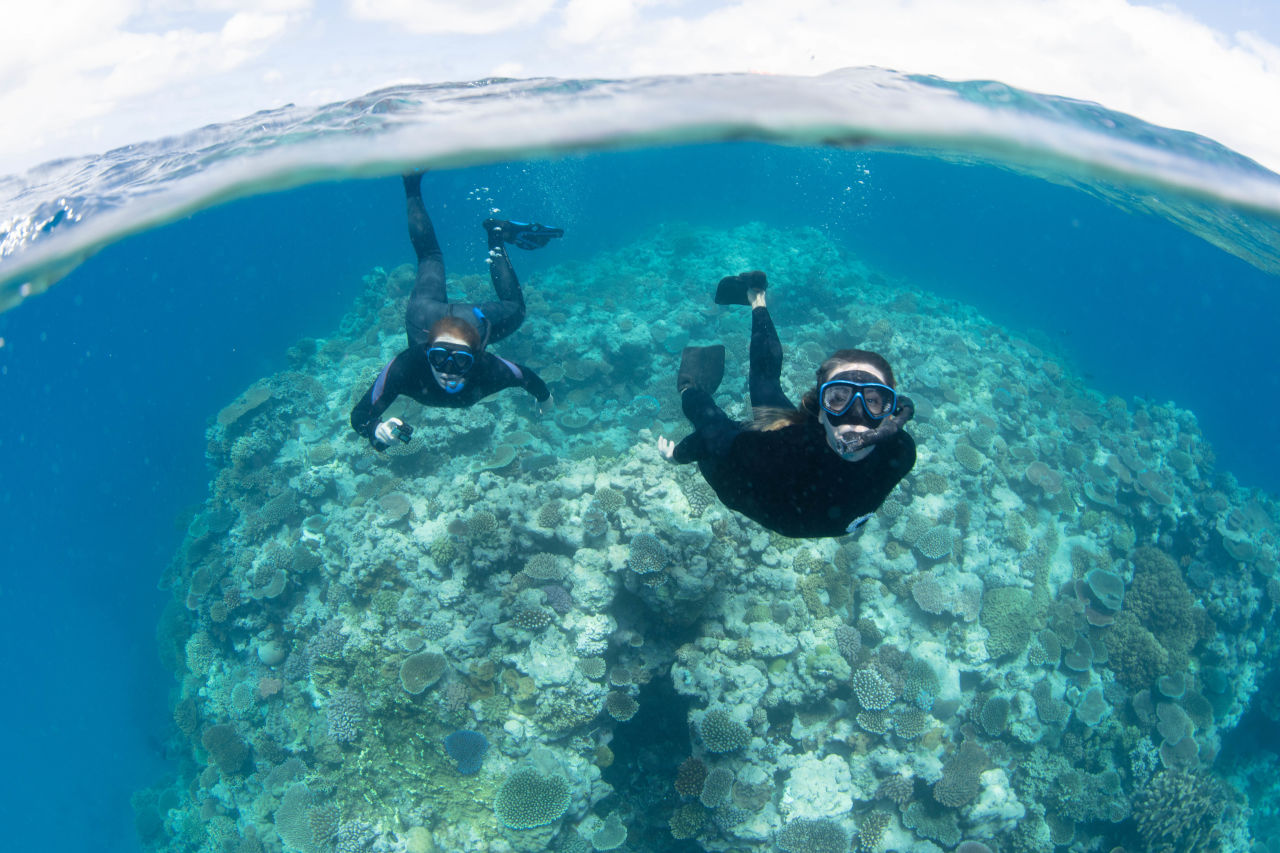
Diver Michelle Barry undertakes Great Reef Census survey. Credit: Gabriel Guzman - Underwater Images
#How will this help the Reef?
We’re already seeing the effects of climate change on our Reef. With this irreplaceable ecosystem being impacted more frequently and at larger scales than ever before, we need timely and widespread information to help us understand Reef health.
Central to this is identifying ‘key source reefs’ — reefs that release large numbers of larvae or ‘coral babies’ during the annual mass spawning event and play an important role in helping repopulate damaged reefs.
By improving their ability to locate these important sources of coral recovery, scientists and managers can better target their resources, drive more impactful projects in water and, ultimately, advance conservation outcomes for the Reef.
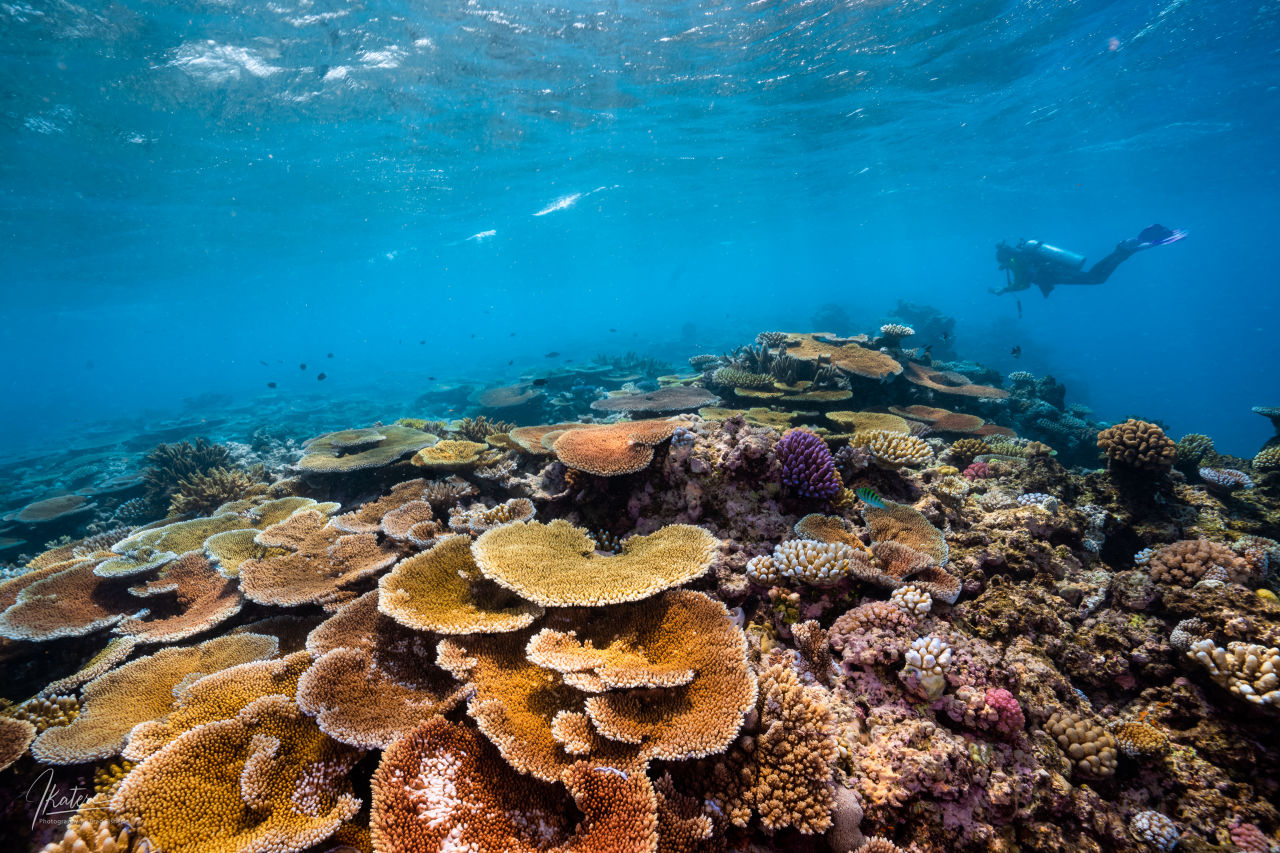
Great Reef Census surveys taking place on Poseidon, Agincourt Reef 2. Credit: Brad Fisher - Ikatere Photography
#How can I get involved?
We’re calling on everyone visiting the Reef between 6 October and 31 December to take part, from divers to tourism crew, recreational fishers and tourists.
All you need is an underwater camera, like a GoPro, to take a series of photos of various sites along a reef. The methodology is simple and can be performed by any competent snorkeler.
Not able to visit the Reef during this time? Once these images are collected, we’ll be calling all ocean lovers to don your citizen scientist coats and volunteer five minutes of your time to help analyse the images.
For more information visit greatreefcensus.org
The Great Reef Census is a Citizens of the Great Barrier Reef project in partnership with University of Queensland, Great Barrier Reef Marine Park Authority, Australian Institute of Marine Science and James Cook University. It is funded by the partnership between the Australian Government’s Reef Trust and Great Barrier Reef Foundation, Prior Family Foundation, Reef & Rainforest Research Centre and the Australian Government’s National Environmental Science Program.
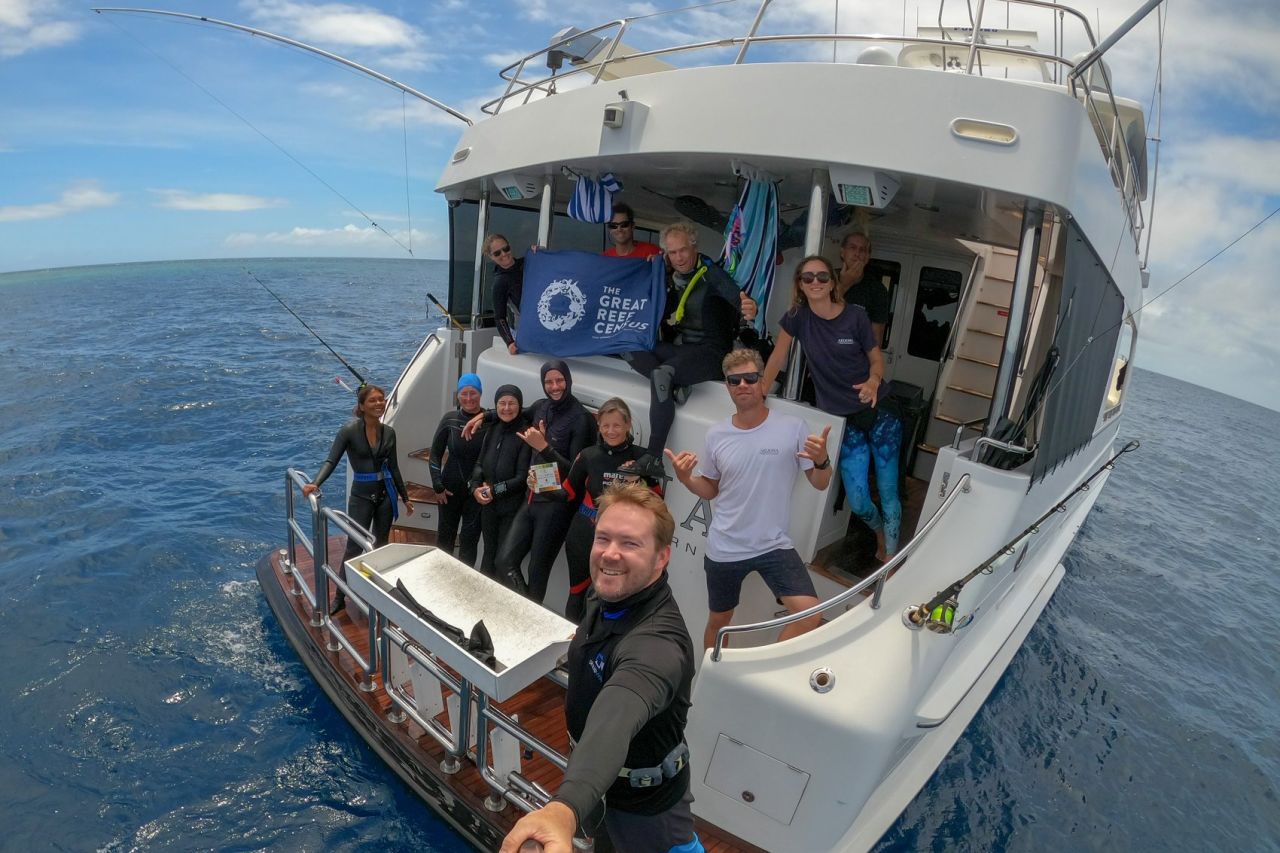
Citizen scientist group aboard Aroona in the Far Northern GBR. Credit: Phil Warring

#Tomorrow needs you, now.
The Great Barrier Reef is in desperate need of support. Donate today to help grow new baby corals, creating a better future for the Reef.




